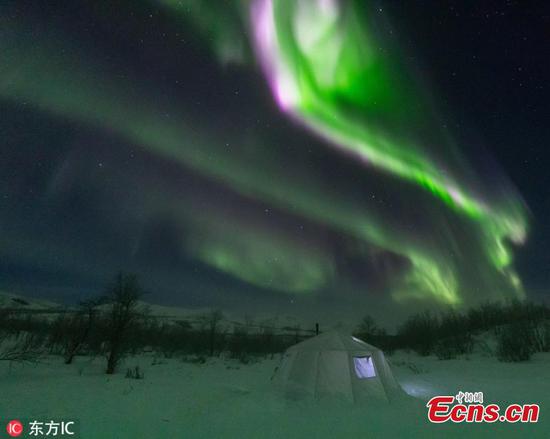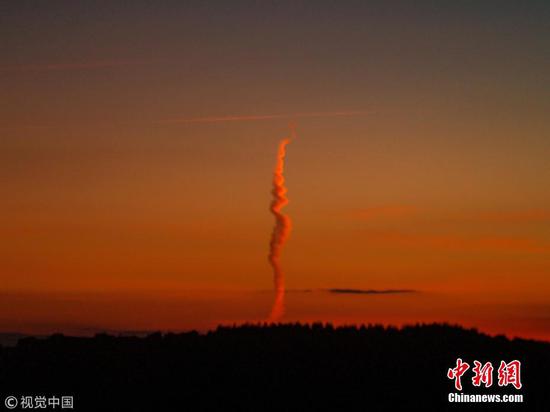Space is not quiet. An international team of scientists found that when high-energy particles from the sun struck the boundary of the protective magnetic bubble surrounding Earth, they banged like hitting a giant drum.
The study published on Tuesday in the journal Nature Communications showed that the protective magnetic bubble called magnetopause vibrated against a jet of plasma from the sun, with waves echoing back and forth along its surface.
The newly discovered waves are a type of surface waves that require some sort of boundary to travel along, according to the scientists who used data from NASA's THEMIS, a two-year mission consisting of five identical probes to investigate physical process in near-Earth space.
When a plasma jet or the "drumstick" hits Earth's boundary, surface waves form a standing wave pattern: the ends appear to be standing still while other points vibrate back and forth, just like a drumhead.
The fixed points in the wave, the rim of the drum, are near Earth's magnetic poles while the waves vibrate the surface of the magnetopause in between, according to the study.
The vibrations work their way down into the magnetosphere and trigger other types of waves, "which affect things like radiation belts, the aurora, and even the ionosphere," said Martin Archer, space physicist at Queen Mary University of London and lead author of the new paper.
Understanding the mechanics of the magnetopause is key to helping keep Earth's satellites, telecommunications and astronauts safe from the potentially harmful radiation these particles bring.
The findings may also help provide insights into how to look for this phenomenon at other planets with magnetospheres, like Jupiter and Saturn.


















































